And… relax. Thank goodness that’s over, then. Were you worried about the heatwave, or was it all just another circus for the media to get excited about?
Perhaps it felt like yet another occasion for our governments to tell us what and what not to do.
Stay indoors, keep your curtains closed, drink plenty – water, of course. They seem to have been neutral on the important matter of ice-cream.
Presumably most of us had experienced hot weather before, either in this country or in far-away climes, and survived.
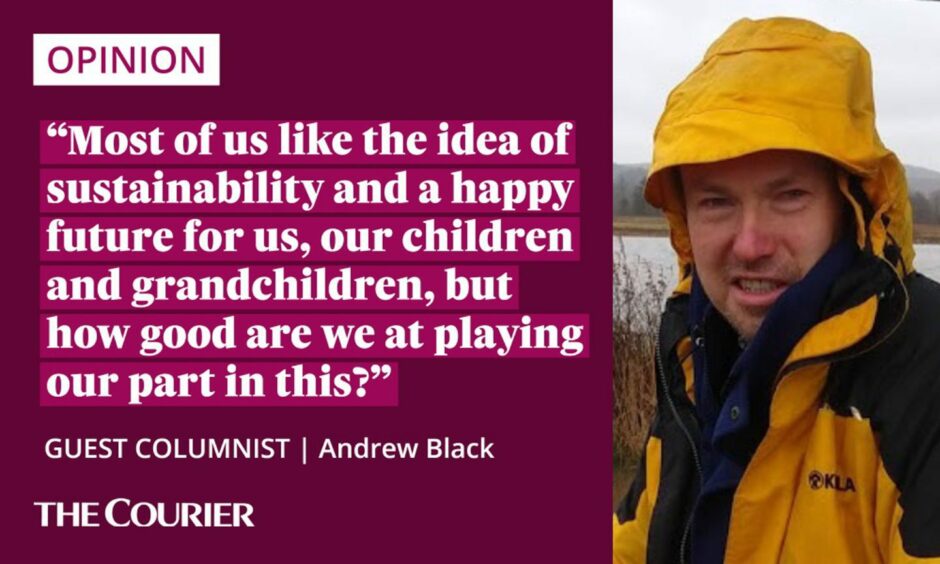
Yet the statistics behind these precautions do show a strong and significant link between the occurrence of heatwaves and excess mortality.
Statistics I found from an England and Wales heatwave mortality monitoring report 2020 pointed to 88% of the excess deaths from three episodes that year being in the 65+ age-group.
It’s high but it’s not 100%, hence the advice being offered to the population as a whole.
I hope you and your kin have survived the recent heat.
But I don’t believe we should dismiss it as alarmism and carry on regardless.
Humans are driving climate change
We have the privilege today of inhabiting a fertile land with a temperate climate.
Though we may grumble about relatively cold or gloomy conditions in winter, the lush vegetation tells its own story of a land full of life.
But it has not always been this way.
A mere 10,000 years ago, conditions were much colder as the last period of glaciation ended.
Some of us can look to the rocks beneath our feet – the sandstones of Strathmore or the Howe of Fife – to be reminded of hotter and drier conditions which would have been entirely ill-suited to human habitation.
Even without this week’s heatwave, the evidence is shouting out at us from all directions that we, the human population of this world, and particularly those of us enjoying ready access to the earth’s resources, are destabilising the natural equilibrium which supports the lifestyles to which we are accustomed.
Climate change evidence is right on our doorsteps
Evidence of change in the natural world locally can be seen in our lochs.
Research published earlier this year explained how rising temperatures were giving rise to increases in toxic algal blooms.
Meanwhile, in the mountains, researchers are concerned about the growing risk of extinction for indigenous arctic-alpine plant species, and birds such as the ptarmigan, which is particularly vulnerable in spring when its natural winter plumage of white is now a hazard rather than an asset – given the relative scarcity of snow cover.
That absence of snow and snow melt, and the arrival of record-breaking air temperatures, give rise to extreme water temperatures, such that salmon are now threatened.
At least we can buy some time there.
Much effort is now being directed to planting of riparian tree strips to provide some shade to reduce heating.
It will allow restoration of more natural bank-side habitats too. So there’s scope for a win-win.
But will it be enough as temperatures continue to rise?
Human behaviour presents the biggest challenge
It’s worth noting that temperature rises are occurring much more rapidly in the mountains and polar regions, compared with where most folk live.
We have only one planet.
You might feel we need to be more ‘resourceful’, and plan the future of humanity on some other planet/s. But that’s a bit rash for me. And I’m quite attached to this one we have here.
Talk of threats to salmon or arctic-alpine plants might seem relatively unimportant as regards our own survival and prosperity.
But they are all a part of this planet’s biodiversity – on which we all ultimately depend.
WWF’s Living Planet Report 2020 shows “our planet’s wildlife populations have now plummeted by 68% since 1970 – and there are no signs that this downward trend is slowing”.
It’s hardly encouraging.
As climate continues to change, environmental sciences can help explain those links between atmosphere, soils, rivers, oceans and all their living populations.
They can help identify and test solutions to some of the symptoms of planetary change.
But surely the biggest challenge is to find solutions regarding the ultimate cause of our problems – human behaviours.
Most of us like the idea of sustainability and a happy future for us, our children and grandchildren. But how good are we at playing our part in this?
Our universities have a vital role in working with our students and society at large to step up to the challenges of our necessary journey to a more sustainable future.
Andrew Black is a Reader in Hydrology and Programme Leader for Environmental Science in the School of Social Sciences, University of Dundee.
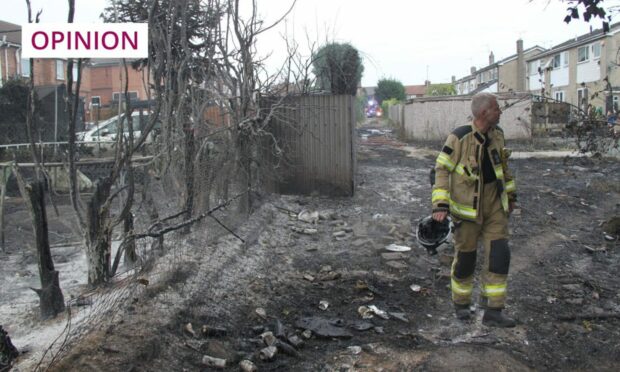
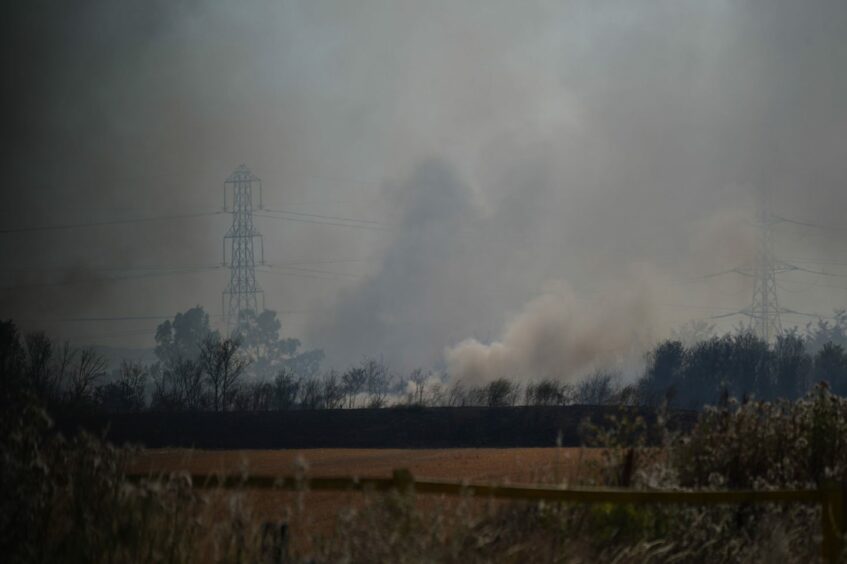
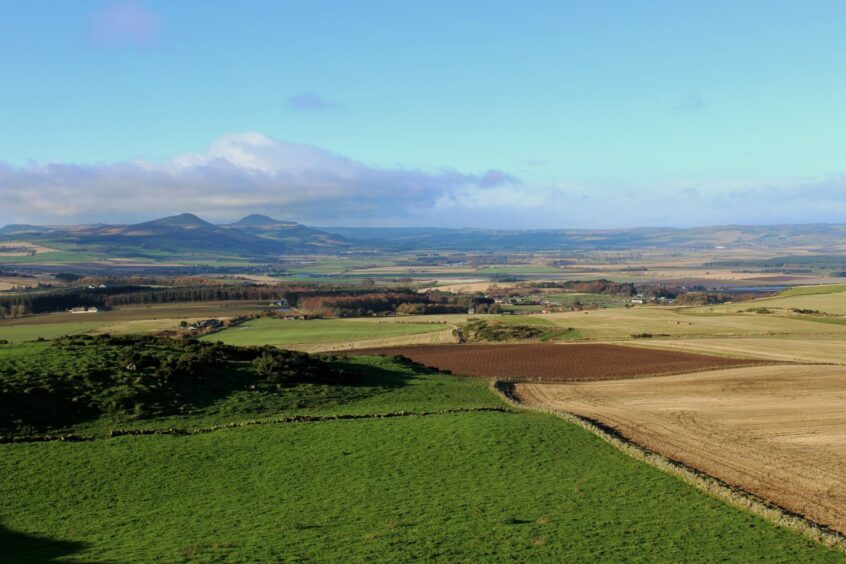
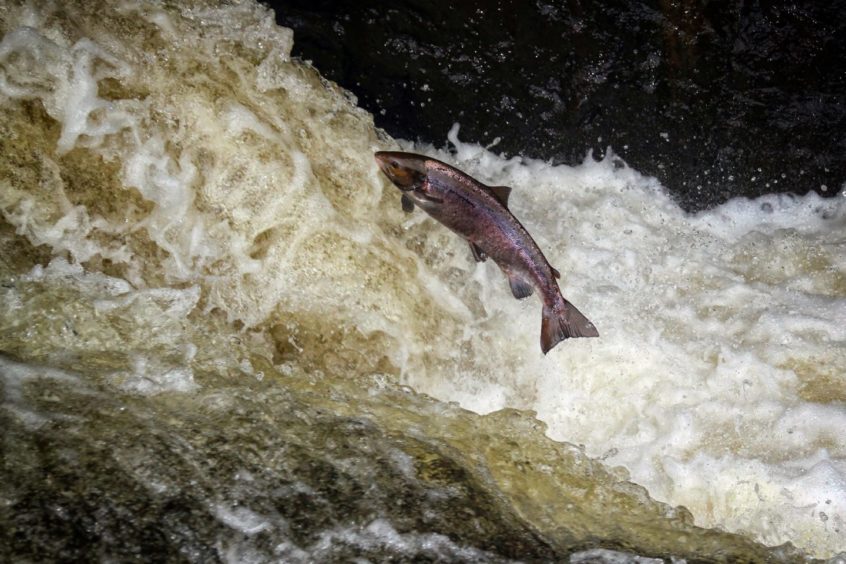
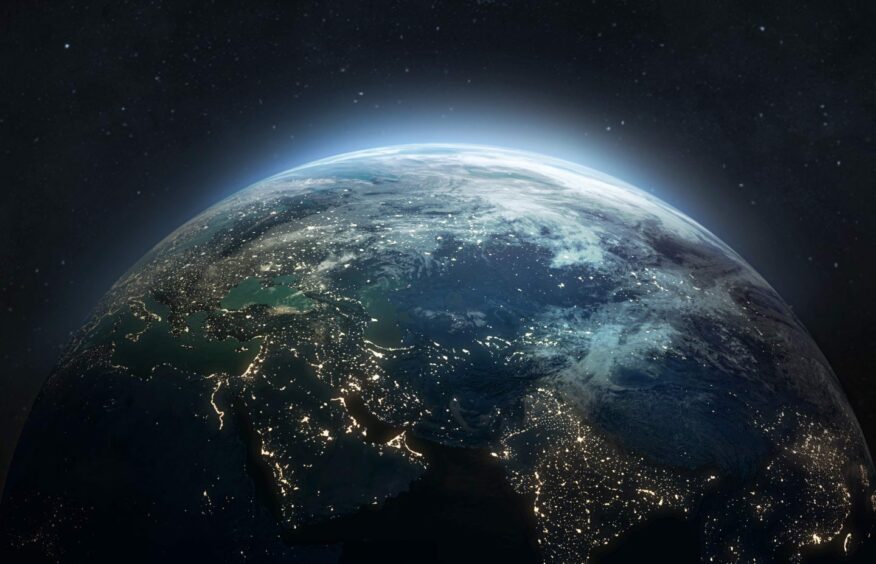
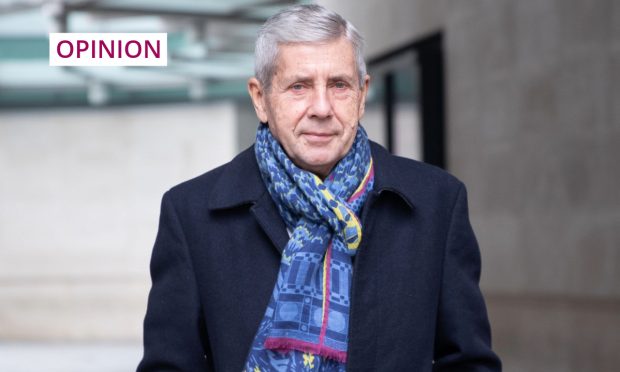
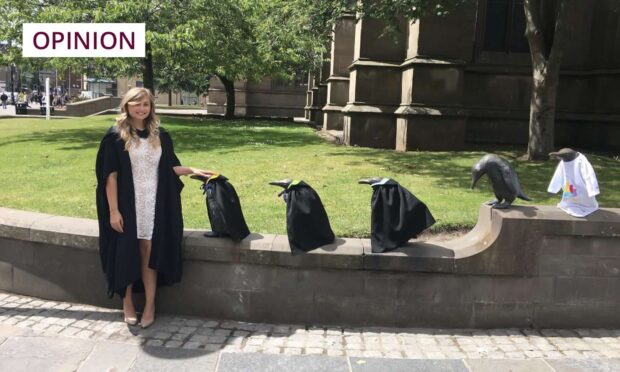
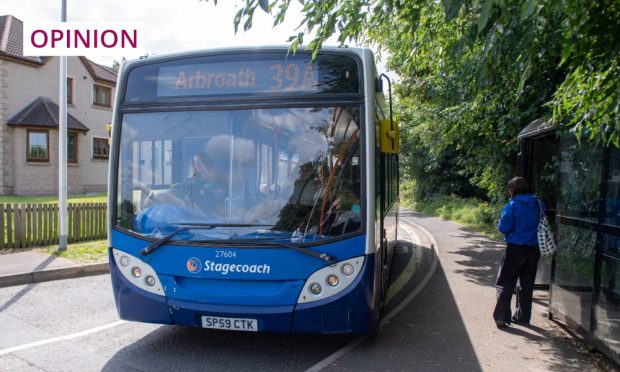
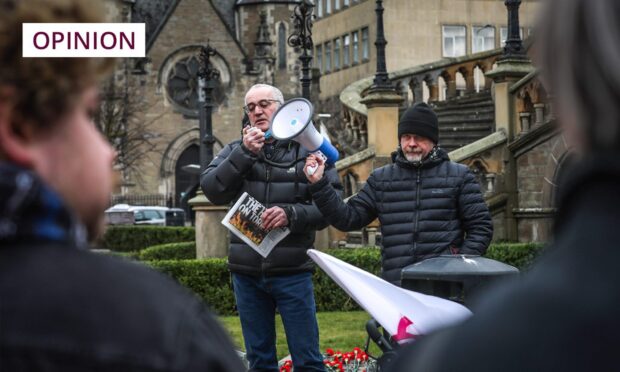

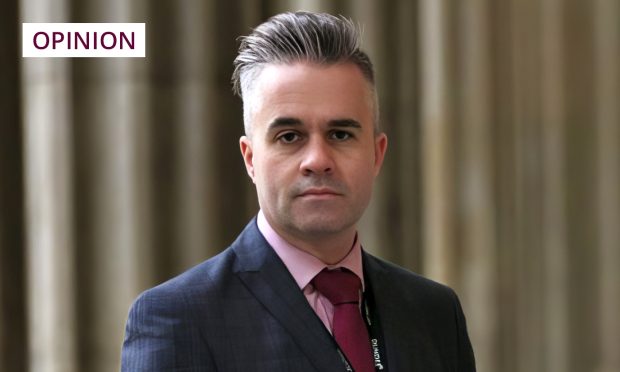
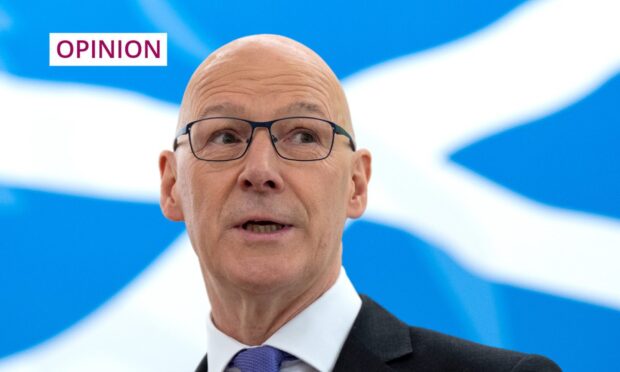
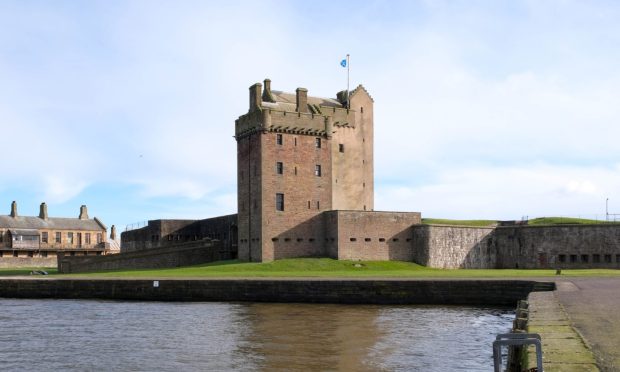
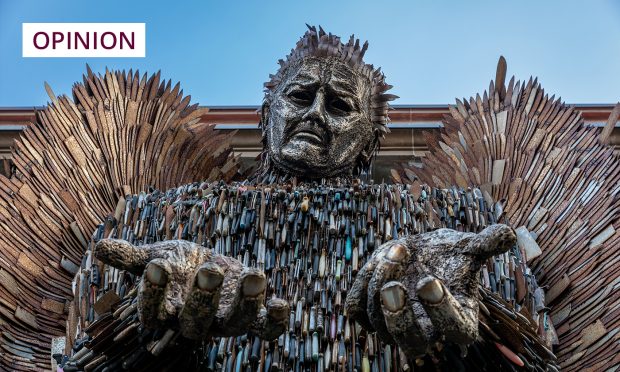
Conversation